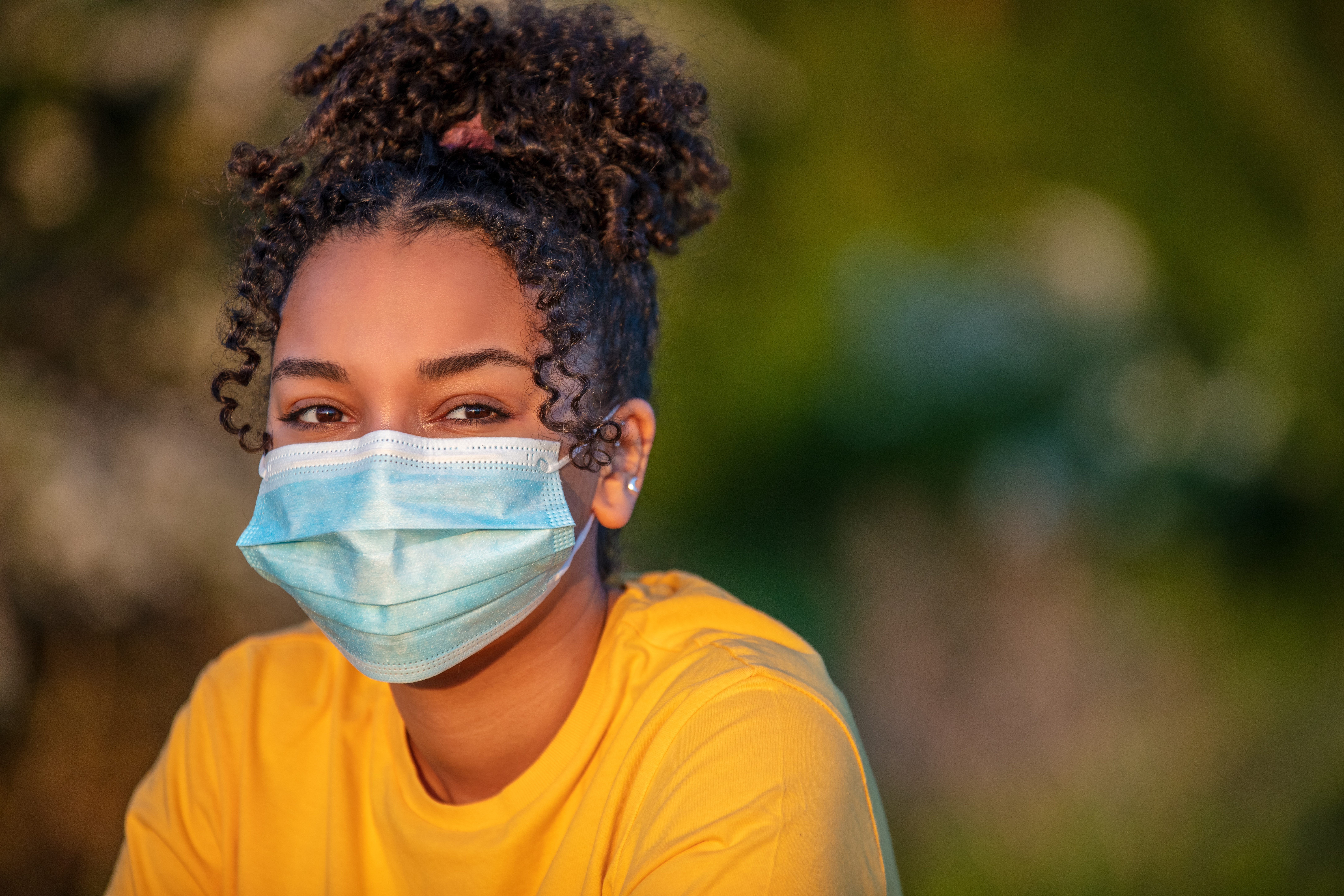A Primer on the CDC’s Relaxed Mask Guidelines
19,530 total views, 1 views today
As COVID-19 cases and death rates subside, restrictions everywhere are beginning to loosen up. The pandemic isn’t quite over yet, though, so it’s important to still take reasonable precautions. Read on below to learn all about the CDC’s new relaxed mask guidelines.
Guidelines are based on risk in your area
During the height of the pandemic, CDC masking guidelines were essentially the same across the board: Everyone should be wearing masks. Their recommendations are now much more lenient and take into account the individual situations of different people. The first factor taken into account is the risk level in the area where you live.
On the CDC’s official website, you can find the level of COVID-19 infection risk in your community and get more information about recommended safety measures. The CDC recommends wearing a mask regardless of vaccination status in high-risk areas, wearing a mask if you have immune deficiencies or are unvaccinated in medium-risk areas, and wearing a mask based on your personal preference in low-risk areas. If you find yourself concerned for your health or the health of a loved one, you may choose to continue masking wherever you are.
While traveling
The CDC still recommends that you wear a mask when on public transit or traveling by plane. Public transit is one of the most common sources of COVID-19 infections, as it exposes people in a restricted space to others they don’t usually interact with. This also applies to other situations where social distancing isn’t possible.
Even if you aren’t personally concerned about COVID-19, masks are still required in airports, on flights, and in many other public transportation services across the country. It’s a good idea to carry a mask with you even if you don’t think you’ll need it, as many places that require masks now expect customers or visitors to have their own and no longer provide complementary ones.
Children
The CDC’s masking guidelines towards children have not changed much. The CDC still recommends masks in high-risk areas for children over the age of two. If your child has a heart or lung problem, be sure to ask your doctor if it’s safe for them to wear a mask. For some children, the risk posed by COVID-19 infection may be lower than the risk of other health complications from restricted breathing.
Restrictions may still vary in your area
The CDC is a United States federal agency and has some influence, but it lacks the ability to change laws related to masking or any other public health measures. The masking restrictions in your city, county, or state may still be different than the CDC guidelines, and that’s important to keep in mind.
You can continue to wear a mask if you’re in a high-risk area or you’re concerned for your personal well-being (or that of those around you). But as Omicron and the COVID-19 pandemic as a whole seem to be subsiding, things may get back to normal before too long.

